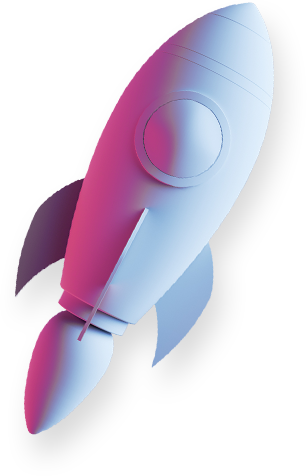Get branding tips and expert advice delivered straight to your inbox.
The McDonald’s golden arch is one of the most recognizable brand elements in history, rivaled only by other iconic assets like Nike’s catchphrase, Amazon’s packaging, and Coca-Cola’s red. These brand assets are easily identifiable and encourage audiences to quickly recall specific brand names associated with them.
But what is a brand asset? Our in-depth guide covers what brand assets are, why they’re important, the different types of brand assets, best practices to follow for successful creation, utilization, and implementation of these assets, and more.
What Is a Brand Asset?
A brand asset is an identifiable branded element easily connected to a company’s identity. There are various types of brand assets, but some of the most common include:
- A company’s logo
- An identifiable color palette
- Brand-specific typography
- Branded icons and visual assets
- A catchy tagline
Brand assets are especially important for brand differentiation and association. Your customers should be able to quickly pick out your brand assets when they’re compared to your competitors’ brand assets, even with similarities like coloring, catchphrases, or sound bites. These elements can also help companies understand and prioritize brand positioning, which can strengthen a brand’s messaging and user experience.
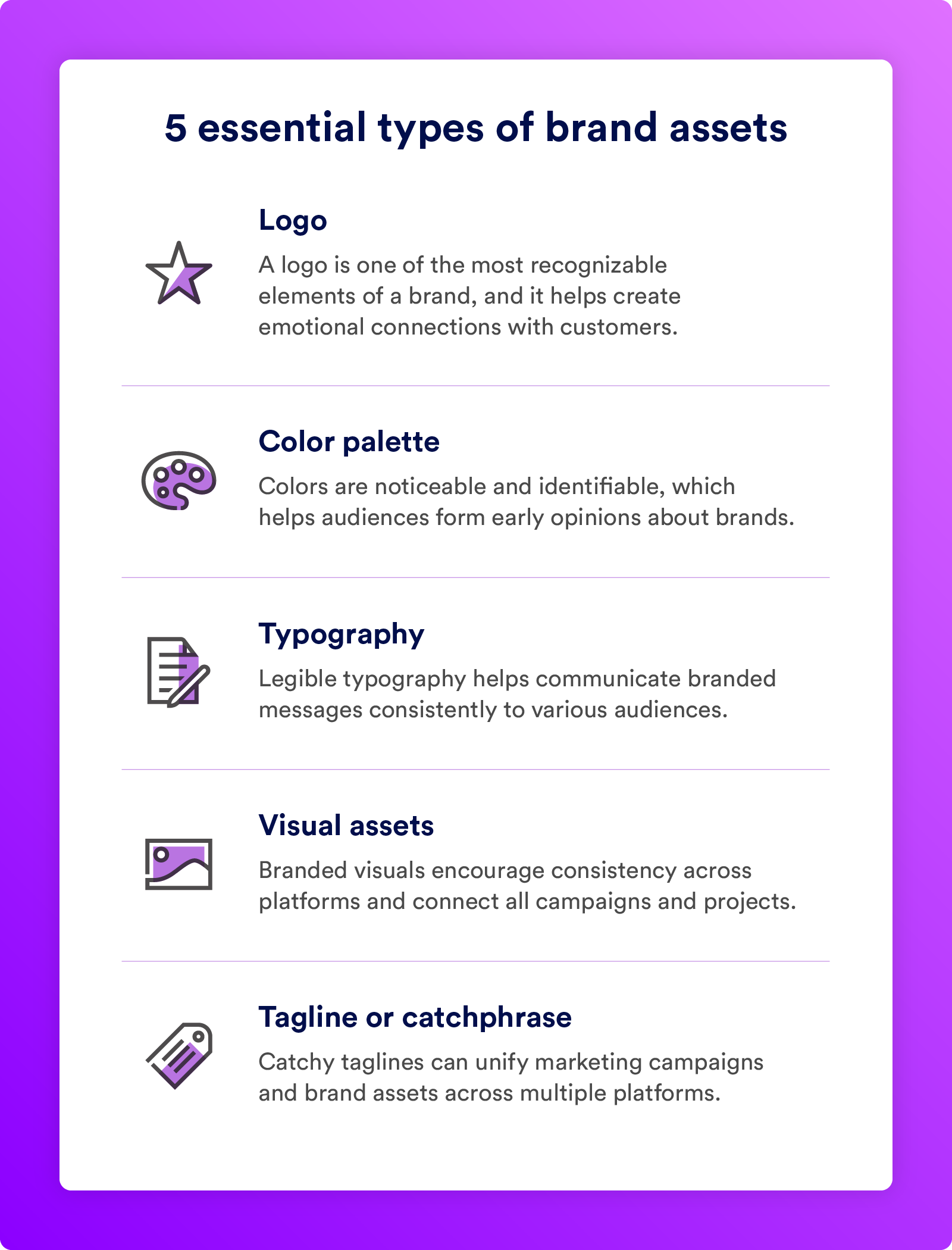
Brand Assets vs. Digital Assets
Brand assets and digital assets are different, but only slightly. Digital assets are any digital files your brand has the right to use for any purpose, while brand assets are elements specifically used to convey a brand’s identity rather than its users, target audience, or stakeholders. Brand assets can be digital assets, but not all digital assets are classified as brand assets, especially those used for special marketing campaigns or influencer projects. Brand assets are specifically used to convey the identity of the brand rather than its users, target audience, or stakeholders.
12 Types of Brand Assets
While there are four essential types of brand assets, there are a variety of other unique elements companies can adopt for their brand. Not every company needs to use every asset — they can be individualized based on a brand’s needs.
1. Brand Name
A brand name is pretty straightforward: It’s your brand’s identifier, and it should be catchy, unique, and easy to remember. Powerful brand names typically stick to a single brand style or naming convention, which could include:
- A founder’s first or last name
- An acronym
- A description of a product or service
While it’s not required for brands to follow these naming suggestions, iconic companies like Dell, Microsoft, IBM, Cadbury, Ferrari, ABC, and many others have successfully applied these styles and cemented themselves as successful brand names.
Brand Example: CVS is an easily recognizable drug store and brand name. The company officially entered the market as the Consumer Value Store in 1963 and transitioned to CVS in 1964, nearly doubling in size eight years later.
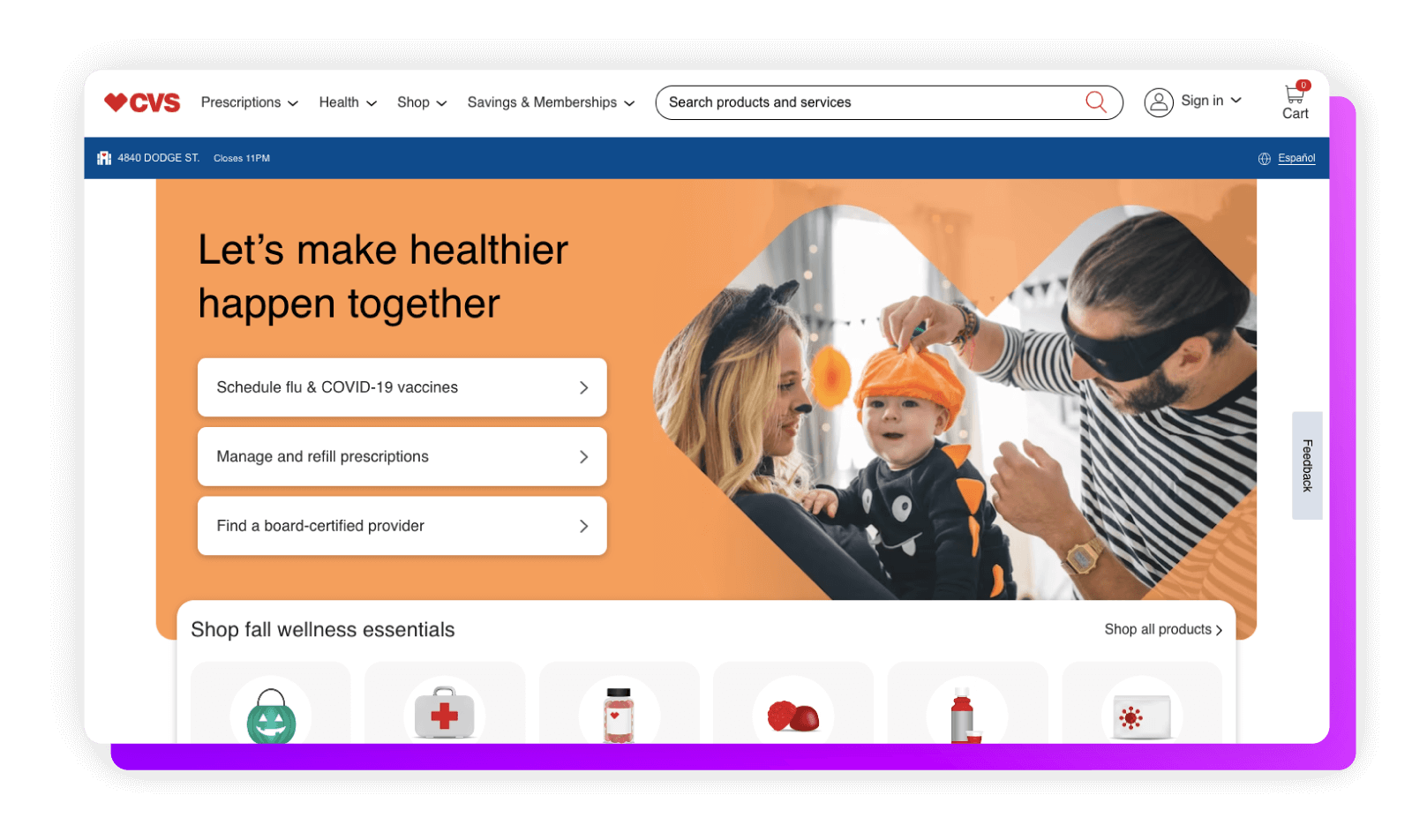
2. Logo
One of the most recognizable assets of every brand is the logo. This visual asset should be unique to your company and can be used on almost any type of marketing material, campaign, project, or other branded elements. Logos can also be modified for web and physical use, which can help companies use consistent branding and logo designs across varying formats.
Brand Example: While not the original logo, Apple’s logo has become iconic since its initial conception in 1977. The simple, flat design is quickly recognizable in a saturated technological industry, making it a truly successful brand logo.
3. Color Palette
Aside from a brand’s name and logo, the color palette is one of the most recognizable brand assets. Color can impact a brand’s first impression with its target audience, so consider studying and following color psychology when deciding on your brand’s color palette. You will want a complementary mix of colors designed to catch your eye and colors designed to inspire trust, comfort, and positivity.
Brand Example: Coca-Cola refers to its iconic red coloring as its “second secret recipe” because it knows the power Coca-Cola red holds. While this color cannot be identified with an official Pantone color match, it is immediately recognizable and synonymous with one of the world’s largest soft drink brands.
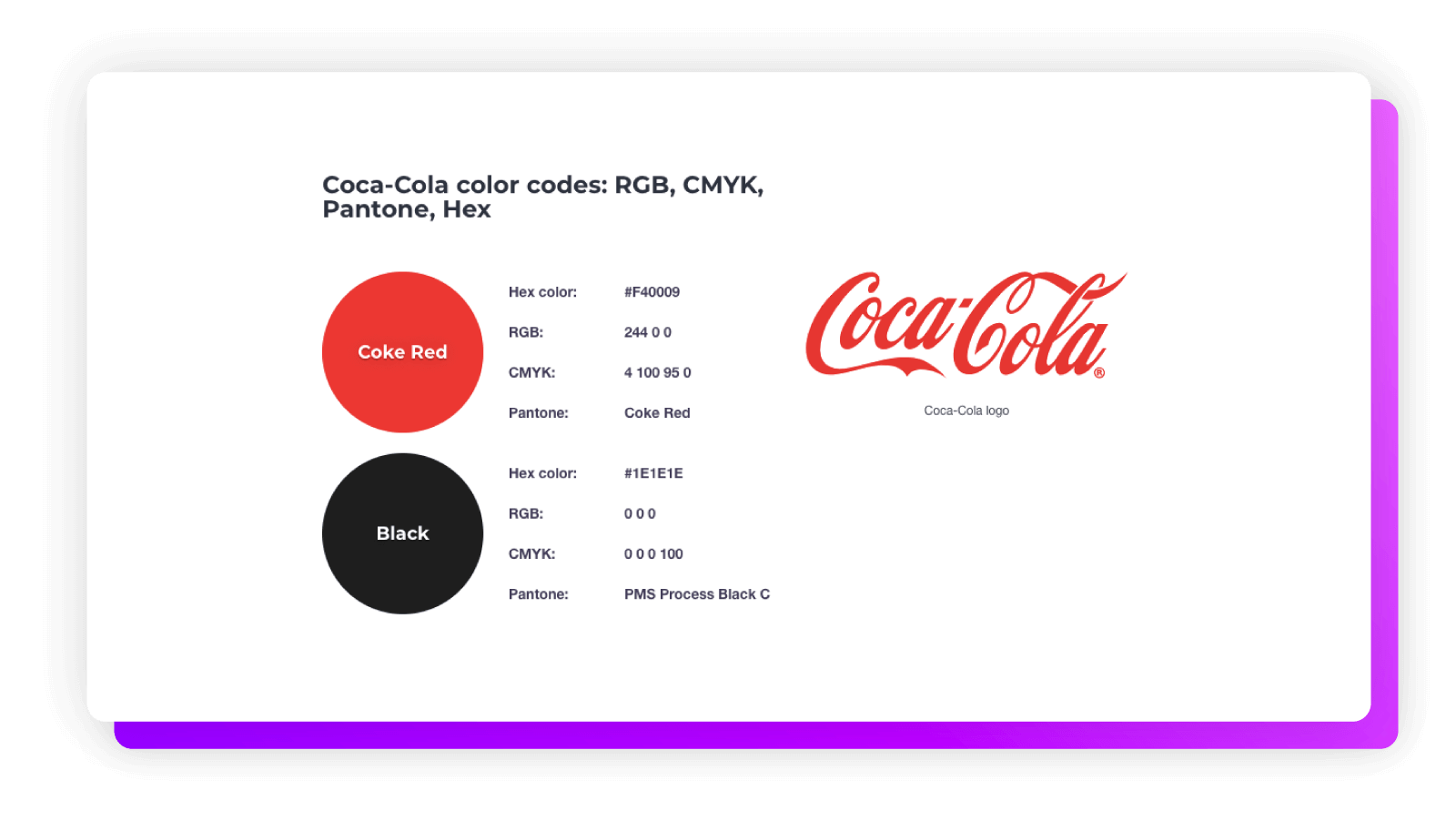
4. Tagline or Catchphrase
There’s a reason brands like to keep taglines short and sweet: They’re easier to remember and repeat. Famous taglines like “Just Do It” and “The Happiest Place on Earth” are automatically connected back to their famous brands — Nike and Disneyland, respectively. Especially effective taglines or catchphrases are almost always paired with logos to help customers make quick associations, whether these lines are heard or read.
Brand Example: With more than 20 years of staying power, it’s easy to identify the McDonald’s “I’m Lovin’ It” slogan as one of the most successful catchphrases in the business. The company spent more than $1 billion on the initial 2003 campaign to create a unique and memorable tagline.
5. Iconography and Illustration
While a brand’s logo is an immediate identifier, company illustration and iconographic styles encourage branding consistency across all projects and platforms. Many companies will create and include icon libraries and illustration directions in their brand guides to establish consistent visuals. These icons and illustration styles can be used in blog articles, across social media platforms and posts, in internal and external marketing materials, and across all branded projects — no matter the audience.
Brand Example: The Starbucks logo is iconic, and so is its illustration style. From brand products like Starbucks cups, mugs, and tumblers to gift cards, social media posts, and the company’s app, its illustration style brings the brand to life.
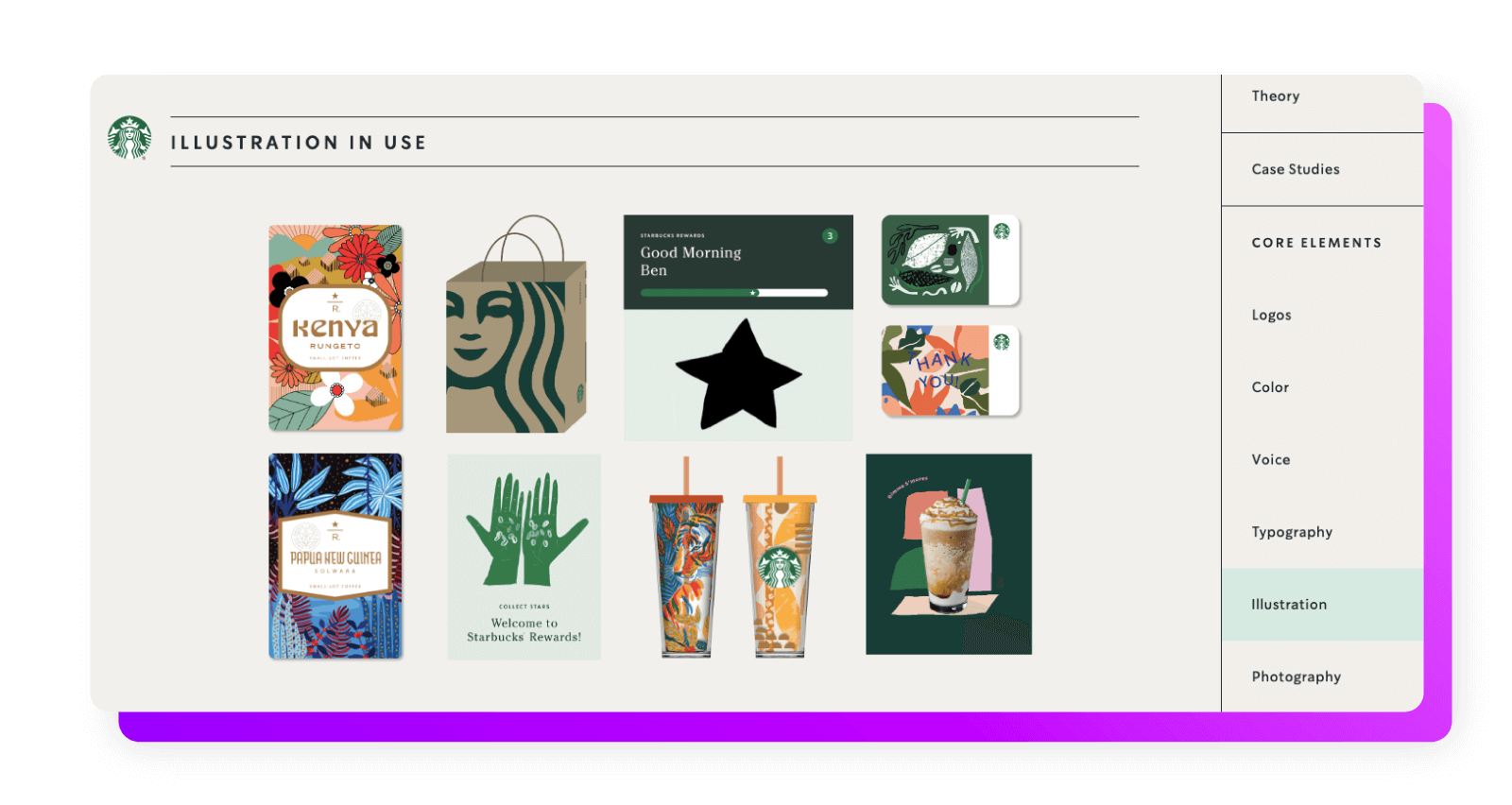
6. Typography
Font styles do more than make a logo or marketing campaign look cool — they improve accessibility and legibility, increase asset longevity, and encourage immediate brand associations. Some famous brands, like The New York Times, Canon, FedEx, and Lego, actually utilize typographic logos, which help increase font identification across all forms of visual media.
Brand Example: Google, the world’s most popular search engine, uses a branded typographic family known as Google Sans across all its products and services. This font family is only available for use on other Google products, making it an exclusive and iconic brand asset.
7. Website
Your brand website is more than just a landing page for your customers — it’s an irreplaceable brand asset. Consistent websites that are correctly branded can quickly help companies establish trust, improve industry authority, and increase brand trust online, which can help a brand’s ROI and support its positioning. Powerful brand websites can also act as a company’s digital marketing hub and connect to other assets like social media platforms.
Brand Example: As a national rental and real estate marketplace, it’s crucial for Zillow to design and support a streamlined online experience. The brand’s website uses a simple interface that is easy to navigate, which keeps customers on the page. Plus, effortless search functions and filter options help the company prioritize user experience, encouraging reuse and revisits.
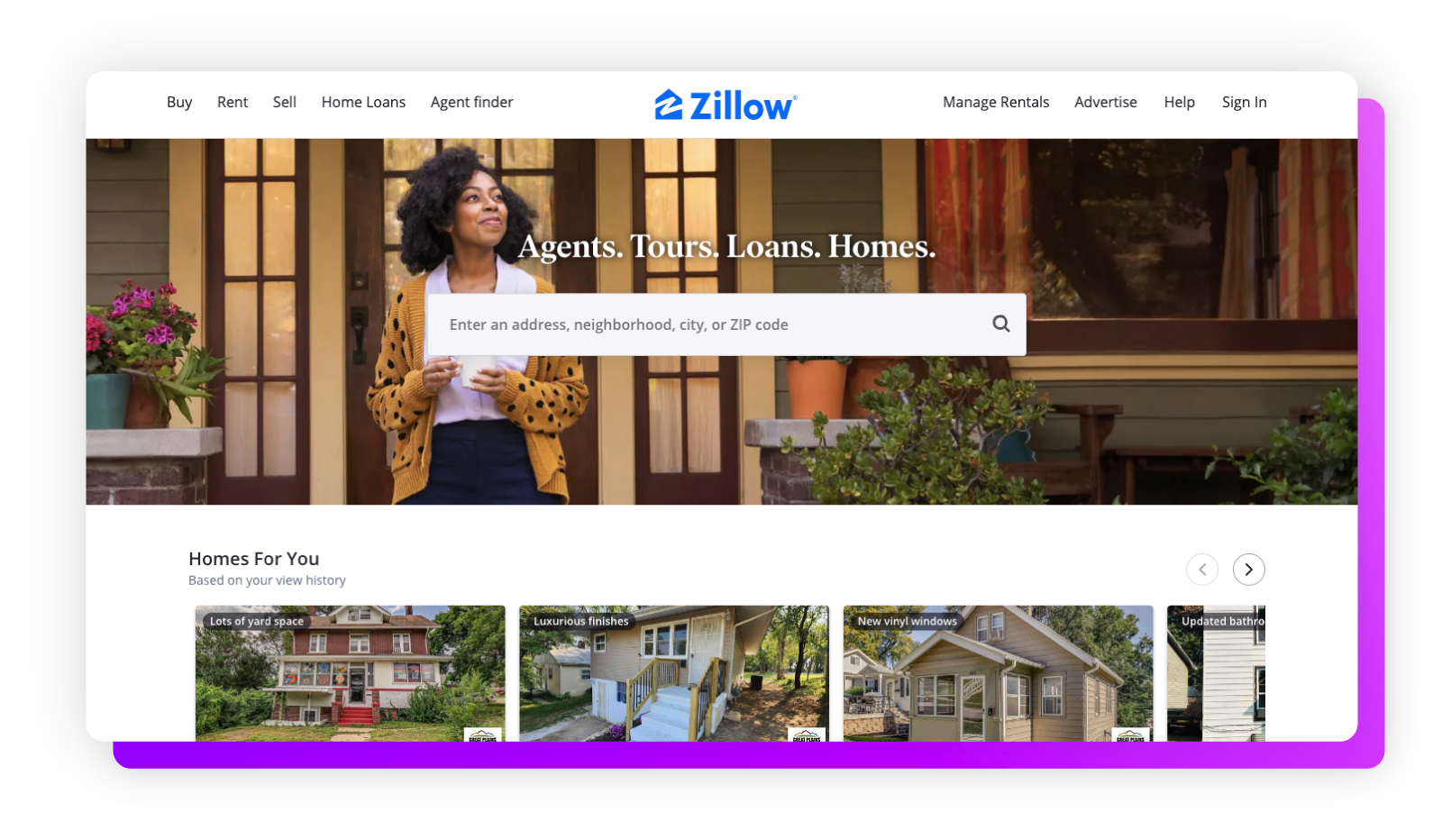
8. Brand Voice
Communication is key to business success, but how you communicate matters just as much as where, when, and why you communicate. A company’s brand voice helps grow its personality and should reflect the values, mission, vision, wants, and needs of the brand and its customers. A brand’s voice can be almost anything — from sassy or comedic to whimsical or straightforward — but it needs to prioritize the demographics of the company’s target audience.
Brand Example: Being aggressive is often labeled as a negative attribute in the marketing world, but not for Harley-Davidson. The motorcycle brand’s voice infuses strength and aggression into its communication, but not enough to turn away customers. Instead, it prioritizes confidence, masculinity, steadfastness, and other seemingly aggressive qualities, which actually help establish the brand as reliable and consistent.
9. Mascot
Everyone loves a recognizable mascot. Mascots like the Kool-Aid Man, Tony the Tiger, Chester Cheetah, and The Laughing Cow personify brands and make them personable. Mascots allow fun-loving, comedic personalities to shine through, but brands with more serious identities can also benefit from the approachable, memorable qualities of a well-thought-out mascot.
Brand Example: Michelin’s Michelin Man — more formally known as Bibendum — is an immediately identifiable brand mascot for an internationally known tire manufacturer. From his big smile to the stacked white tires making up his figure, Michelin Man has dominated the brand mascot scene since 1894.
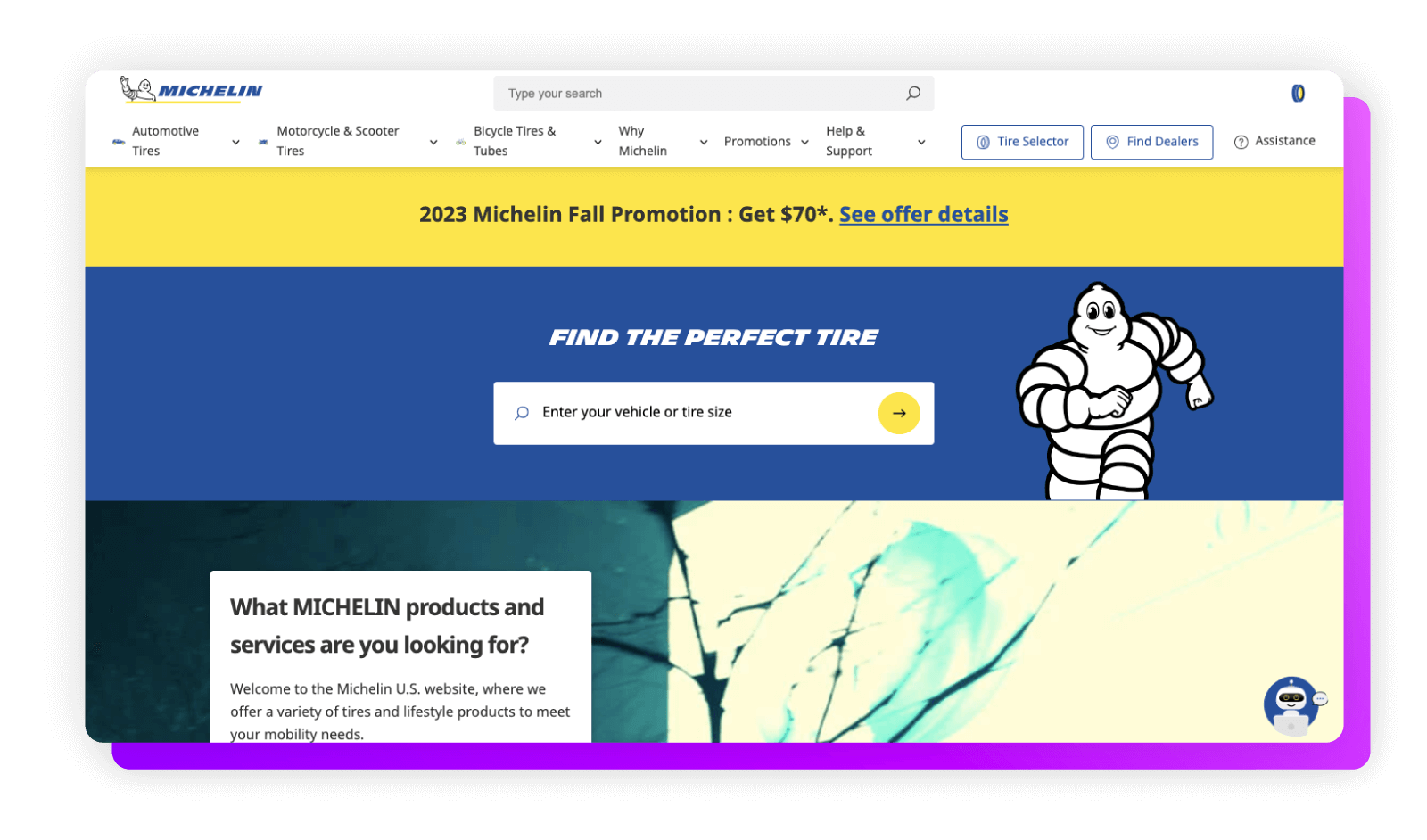
10. Sound Effects, Music, and Jingles
While an earworm may seem incredibly inconvenient to the average person, marketers know audio is an incredibly effective brand asset. Branded jingles like State Farm’s “Like a good neighbor, State Farm is there” and Farmers Insurance’s “We are farmers, bum-ba-dum, bum bum bum bum” are immediately recognizable and easily associated with the brand’s products and services. Other audio elements like music and sound effects can also encourage memorability and brand associations without much effort.
Brand Example: While Netflix is one of the world’s leading streaming service providers, its “tudum” sound effect is just as — if not more — popular than the brand itself. Netflix has leaned into this popular brand asset by creating Netflix Tudum and Tudum: A Global Fan Event, two secondary brand experiences associated with the brand’s iconic sound effect.
11. Social Assets
Social media platforms are yet another space for brands to strengthen their brand identity. This type of brand asset is multifold and can include the creation and maintenance of multiple accounts on sites like Instagram, Facebook, X (formerly Twitter), LinkedIn, YouTube, and more. A brand’s identity across social media channels can vary, but it should prioritize the use of similar or identical logos, color palettes, audio, mascots, and brand voice. Social brand assets like cover images and profile photos can also help companies quickly and consistently express their brand values to customers.
Brand Example: Airbnb owns the Instagram game. Its travel-inspired imagery is consistent across accounts and quickly communicates its mission: to provide a place for anyone to belong anywhere. Plus, Airbnb consistently promotes user-generated content and influencer marketing, giving its social assets an authentic feel.
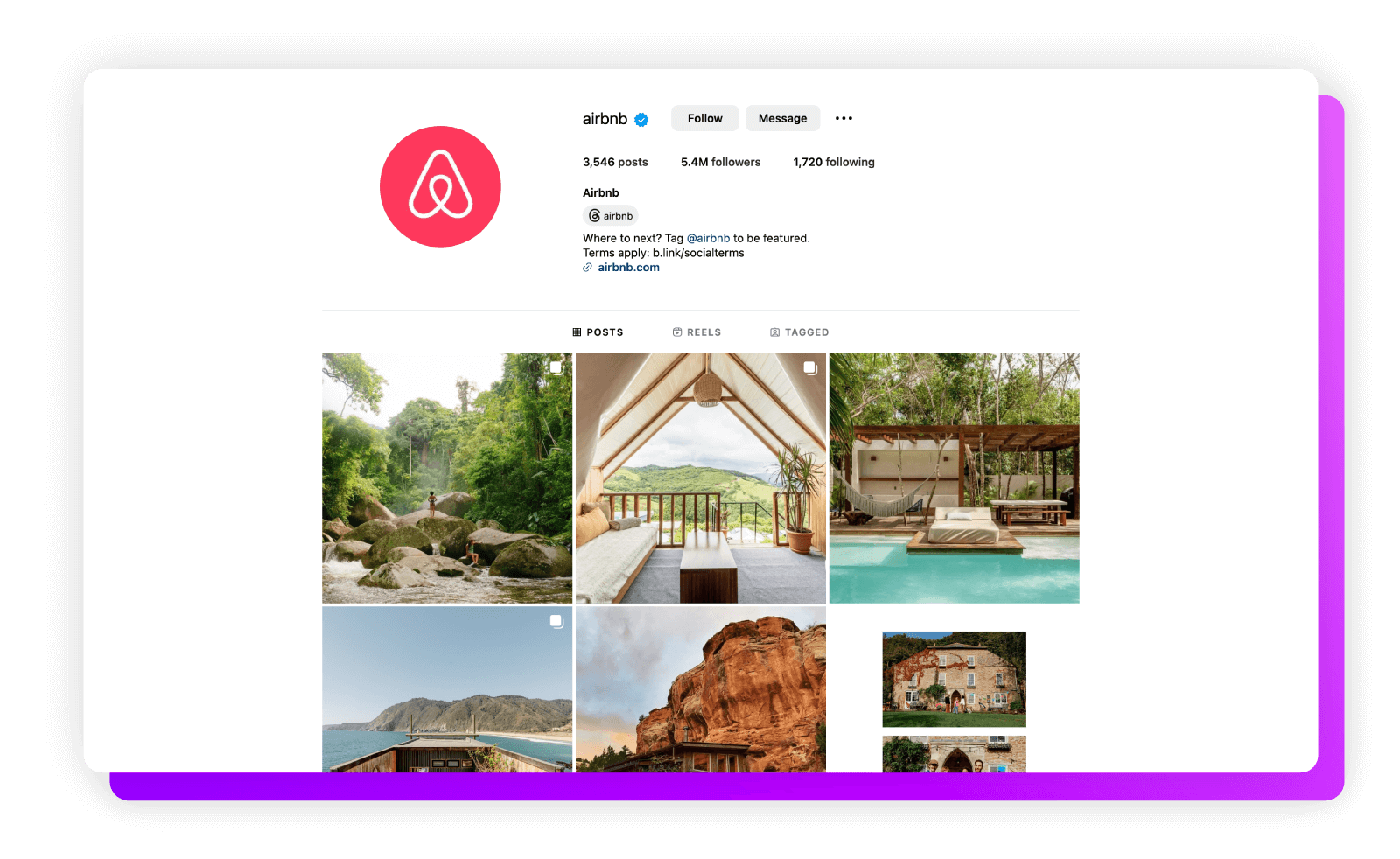
12. Product Packaging
For companies that sell and ship physical products, packaging is an important but often forgotten brand asset. Identifiable packaging can help build brand identity, increase awareness, and encourage specific associations, all from the comfort of a customer’s home. Design packaging that fits your brand’s personality and positioning — from maximalist to minimalist packaging and everything in between.
Brand Example: As a makeup and skincare brand, Glossier understands the importance of making a good impression. The brand’s packaging is sleek and minimalistic, and the products use refillable, reusable, and recyclable packaging. It’s not uncommon to see Glossier’s Pink Pouch out and about with a customer, which also helps build brand awareness.
Why Brand Assets Matter
Brand assets are necessary for many reasons, including building brand awareness and establishing authority. Before investing in unique brand assets and an asset management system, explore the most significant reasons why these elements matter.
Brand Assets Build Brand Trust
Brand trust is built through consistency. Unified brand assets allow customers to quickly and easily identify a company’s products and services without guesswork, which can help them associate brands with open communication and quality customer service. This type of intentional marketing also helps brands establish a reliable reputation centered on audience wants and needs, problem/solution responses, and industry authority.
Brand Assets Improve ROI
Consistent brand assets can also improve and increase ROI. Instead of spending time and money creating new assets for individual campaigns or products, consider reusing branded assets, including logos, taglines, visual assets, icons, and other image- or sound-focused elements. This repetition can grow familiarity between brands and customers, which helps encourage purchasing habits centered around identifiable products and services.
Brand Assets Grow Brand Identity
With great brand assets come great brand guideline requirements. To successfully build and strengthen a brand’s identity, companies need to create and prioritize consistent styling. If your company focuses on creating strong assets, you will need to compile and produce guidelines, which can help marketers ideate, develop, transform, and solidify a consistent brand identity.
Brand Asset Best Practices
Companies will only see the benefits of brand assets when they are created, used, and distributed correctly. Follow these brand asset best practices to create and utilize optimized assets.
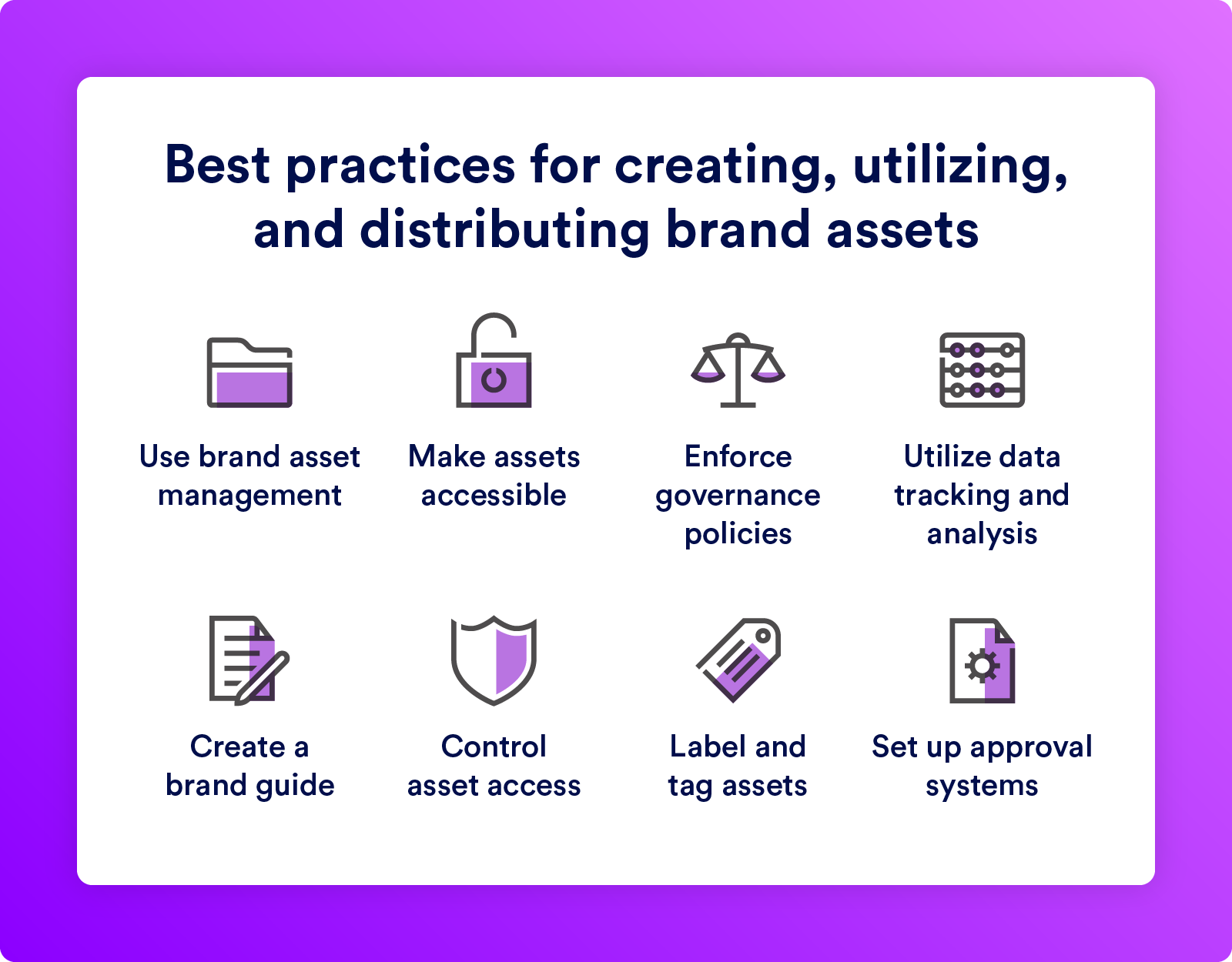
Use Brand Asset Management
While compiling your brand assets is a great first step, you need to invest in software dedicated to storing, organizing, and protecting those assets. Use a brand asset management (BAM) system to save your team time, money, and energy by prioritizing consistent usage and limiting duplication and unnecessary element creation. Powerful BAM platforms may be classified as digital asset management systems, which can also protect your assets from copyright infringement and other nefarious activities.
Make Assets Accessible
Brand assets should be accessible to various teams. Management systems like Brandfolder by Smartsheet can grant and control asset accessibility while keeping assets organized, updated, protected, and stored in a centralized location. Simplified access and management of assets can also speed up digital workflows and minimize roadblocks.
Enforce Governance Policies
Brand assets are an important company element that should be protected from incorrect or illegal use. Consider creating governance policies and investing in a digital rights management system to protect your assets from incorrect use. These policies should be regularly updated, reviewed, and signed by all users with access to a brand’s assets.
Utilize Data Tracking and Analysis
While data tracking and analysis can help marketers understand the success of specific brand assets, they can also provide additional insights into overall asset usage. Asset tracking helps marketers understand where and when assets are used and can provide insight into recent updates and ongoing projects. These analytics also help companies understand which campaigns, messages, and elements resonate with a brand’s target audience.
Create a Brand Guide
With more brand assets comes the possibility of more mistakes, misrepresentations, and other asset misuse. To combat this possibility, create a set of brand guidelines for your company and third parties to follow. This guide should include specifics about the use and representation of a company’s name, logo, color palette, and other branded assets. Distribute this guide across the company to help ensure correct asset usage and attribution.
Control Asset Access
While assets need to be accessible, access permissions need to be controlled. Consider granting only necessary controls to viewers or clients and increase access for editors, account managers, and other major stakeholders. Access can quickly be assigned within a DAM system and should be modified, updated, and revoked as needed.
Label and Tag Assets
Even with a top-of-the-line digital asset management system, brands need to prioritize asset organization. One of the simplest ways to increase organization is through labeling and tagging within a brand asset management system. Use DAM metadata to tag and label assets according to their use, updates, and retirement.
Set Up Approval Systems
Set up asset approval systems for administrators to view and approve new, updated, and archived assets. This system can help eliminate asset misuse, keep brand elements consistent, and guarantee that assets are appropriately created using a company’s brand guidelines.
Organize Your Brand Assets With Brandfolder
Identifying, creating, and streamlining your brand assets is only step one — step two requires your team to prioritize organization, labeling and tagging, and security. With Brandfolder, you can keep track of all current and upcoming brand assets, their updates and usage, customer interactions, and more. Schedule a call with our dedicated customer service team to discuss your asset management needs and our all-in-one options.
